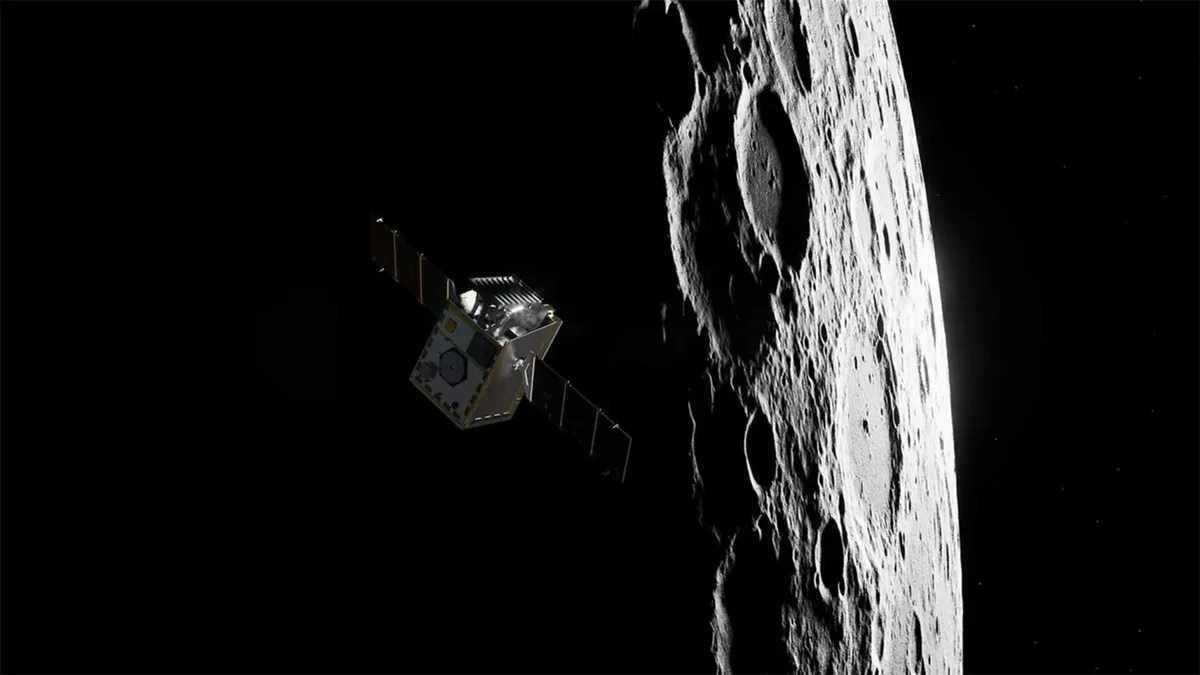Watch this related video:
The recent news of NASA’s Lunar Trailblazer spacecraft going off course sent shockwaves through the space community. Many feared that this groundbreaking mission was lost forever. But is all hope really lost? Let’s take a closer look at what happened to the Lunar Trailblazer, and what it could mean for the future of space exploration.
What Happened to the Lunar Trailblazer?
On June 13th, NASA announced that they had lost communication with the Lunar Trailblazer spacecraft, just three days after its launch from the Pacific Spaceport Complex in Alaska. The spacecraft was designed to map and study the Moon’s water resources in unprecedented detail, and had already completed its first engine burn to put it on the right trajectory. But then, unexpectedly, all contact was lost.
After days of analysis and troubleshooting, NASA confirmed that the spacecraft had gone off course due to an error in the guidance and navigation system. This caused it to miss its lunar trajectory and instead enter into a heliocentric orbit. The team was unable to regain control of the spacecraft, leaving it lost in space.
Is There a Chance for Redemption?
Despite the initial setback, there may still be a chance for the Lunar Trailblazer to fulfill its mission. NASA engineers are currently working on a plan to regain control of the spacecraft and redirect it towards the Moon. If successful, the Lunar Trailblazer could still carry out its mission and provide valuable data about the Moon’s water resources.
The Importance of the Lunar Trailblazer Mission
The Lunar Trailblazer mission was crucial in NASA’s efforts to prepare for future manned missions to the Moon, and eventually, Mars. The spacecraft was equipped with state-of-the-art instruments that could detect water molecules on the lunar surface, providing vital information for astronauts to sustain life and potentially create rocket fuel. The data from the Lunar Trailblazer could also have implications for future lunar exploration and the utilization of resources for deep space missions.
Expert Opinions and Industry Trends
The loss of the Lunar Trailblazer has sparked discussions about the challenges and risks of space exploration. With the increasing interest in manned missions to the Moon and Mars, ensuring the reliability and accuracy of spacecraft is crucial. Experts point out that this incident highlights the need for rigorous testing and redundancy in spacecraft design.
Despite this setback, the space industry is thriving, with private companies like SpaceX and Blue Origin making significant advancements in space travel. This has also sparked a new era of space exploration, with collaborations between government agencies and private companies leading the way.
What Does the Future Hold?
If the Lunar Trailblazer is unable to be salvaged, it may not be the end of the mission. NASA is already planning future missions that will be able to collect similar data and continue the search for water on the Moon. The agency is also working on advanced technologies and innovations that could make future missions more reliable and resilient.
In the near future, NASA is set to launch the Volatiles Investigating Polar Exploration Rover (VIPER), a robotic rover specifically designed to search and study water ice on the lunar surface. This mission will provide more in-depth data and could even pave the way for future resource utilization on the Moon.
Final Thoughts
The news of the Lunar Trailblazer’s unexpected path may have shaken the space community, but it is also a reminder of the risks and challenges of space exploration. NASA is already taking steps to regain control of the spacecraft, and even if it is unsuccessful, the agency is well-prepared for future missions and advancements in space technology.
So, while the Lunar Trailblazer may be lost in space for now, it may just be a temporary setback on the road to uncovering the secrets of the Moon and beyond. Keep following for updates on this exciting mission and join us as we continue to push the boundaries of space exploration.

